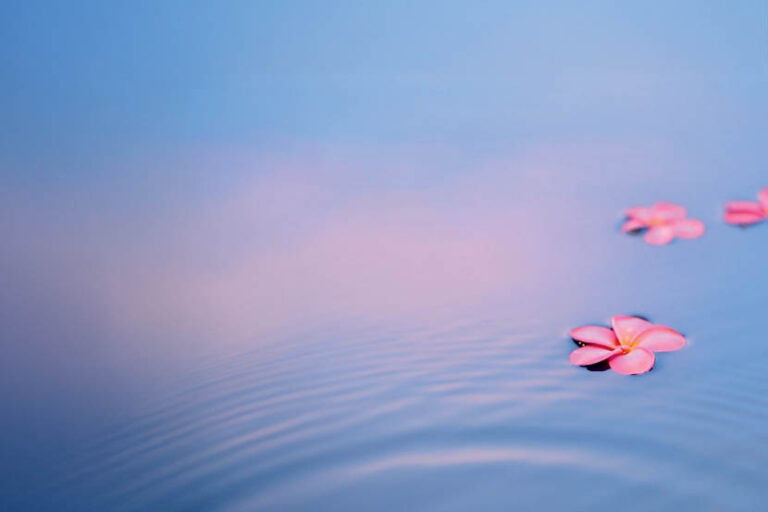
Italy is synonymous with delicious coffee. But what do rituals and timing have to do with its role as a coffee-culture world leader?
If you’re lucky enough to take an Italian jaunt, you’ll notice how different the coffee-drinking rituals can be there. This is not to say all Italians are dependent on their morning espresso, or that you won’t see oat milk or even the occasional salted-caramel latte being drunk with gusto. It’s more that the joy of drinking coffee is deep-rooted in Italian culture. In cafés, homes, and crumbling piazzas, these traditions are a part of daily life, from Florence to Naples, Turin to Milan.
According to Italian coffee company Illy, almost 97 percent of Italians drink the brew in some form. ‘In Italy, we are characterised by our love of espresso, but now we’re open to many other ways of drinking coffee,’ says Moreno Faina, the director of Illy’s Università del Caffè in Trieste, set up in 1999 to promote ‘the culture of high-quality coffee’. ‘Drinking a coffee is a moment of relaxation and joy and happiness,’ he says. ‘I could talk about it for hours.’
Here we look at some of the country’s coffee rituals and discover that when it comes to enjoying the drink, the Italians really do know a thing or two. It’s worth noting, though, that drinking coffee like an Italian isn’t about puritanical rules. The sheer variety is proof the preparation doesn’t have to be traditional to capture the country’s ethos. But however you drink yours, taking time to savour the process can add a little calm to daily life.
The breakfast cappuccino
A cappuccino at breakfast time, often enjoyed with a cornetto (the Italian version of the croissant) or biscotti (a hard biscuit), is still popular across Italy. The idea is that the drink’s milk content will fill you up until lunchtime. However, it seems that indulging in a mid-morning pastry as well is no bad thing. According to custom, a cappuccino should only be drunk before lunch, after which time espresso takes over.
The post-lunch espresso
In Naples, espresso is often served with a small glass of sparkling water. This is not, as is commonly thought, to wash away the bitter taste of the coffee after drinking it. Quite the opposite: according to Neapolitan tradition the flavour should be savoured, and the water is meant to cleanse your palate ahead of your first sip of coffee, so you can appreciate it to the full. After lunch,
espressos can be drunk quickly at the bar, or more leisurely in a piazza. Espresso macchiato topped with a little frothed milk is another favourite. Illy’s Moreno, meanwhile, is partial to a capo – an espresso in a glass with a few drops of milk.
The moka pot
Italy’s love affair with coffee started with the moka pot – a cooker-top or electric coffee maker that brews by passing boiled water pressurised by steam through ground coffee. The moka pot was first invented for a world trade show in Milan in 1906, and went through various designs until an engineer called Alfonso Bialetti came up with a sleek version in 1933. It has hardly changed since, though it didn’t become a household item until the 1950s, when Bialetti’s sons decided to devote his shop to the sale of one item: the Bialetti Moka Express. It’s estimated that 90 percent of the coffee in Italy is still drunk at home, and there’s something beautiful about the ritual of filling a moka pot with freshly ground coffee and letting it simmer over the stove while you potter around the kitchen.
Sicilian coffee granita
In the searing heat of Sicilian summers, iced coffee is taken one step further with granita – essentially shaved ice infused with bittersweet espresso, sometimes topped with cream. Recipes vary even between the different cities in Sicily, but granita is traditionally made with espresso, sugar, and water, then frozen to a desired consistency. Traditionalists enjoy it for breakfast scooped on to a sweet brioche bun. It is also served on its own in a glass, with a dollop of whipped cream, or your favourite liqueur drizzled on top.
The bicerin
Turin, in northern Italy, serves a delightfully decadent mix of chocolate, coffee, and cream known as bicerin, which has long been warding off the chill of the city’s cold winters and mountainous climes. Named after the bar where it was invented in 1763, these little mugs of bittersweet cosiness have become a symbol of the city. In the nearby city of Alessandria in Piedmont, a coffee-and cocoa combination served in a glass is known as a marocchino. In Alba, home of Ferrero’s chocolate industry, Nutella is used instead of cocoa powder.
Third-wave coffee
This movement takes the drink to an artisan level. The speciality coffee scene might have been championed in the US and Canada, but it has a rightful place in Italy. Coffee expert Helena Kyriakides runs private tastings and barista workshops in Bologna through her company Yummy Italy. She often introduces visitors to Bologna’s third-wave coffee shops, such as Caffè Terzi, where beans are hand selected from all over the world. In Florence, hip baristas at Simbiosi Café serve up single-origin coffee to locals and visitors, while Australian-owned bistro and bakery Melaleuca overlooking the River Arno takes pride in its speciality coffee.


















